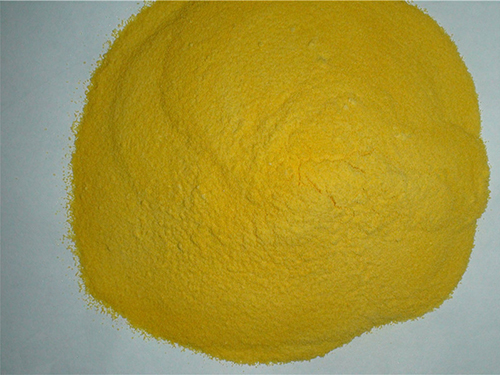coagulation and flocculation
Coagulation and Flocculation Essential Processes in Water Treatment
Coagulation and flocculation are critical processes in the field of water treatment, playing a vital role in ensuring the supply of clean, safe drinking water
. These processes are fundamental in removing suspended particles, colloids, and other impurities from water, thus enhancing its clarity and quality.Coagulation is the initial step that involves the addition of coagulants—chemical substances that promote the agglomeration of particles. Common coagulants include aluminum sulfate and ferric chloride. When these coagulants are introduced into water, they neutralize the charges on suspended particles, allowing them to stick together. This step is essential because many impurities carry a negative charge, which keeps them dispersed in the water. By neutralizing their charges, the coagulants enable the particles to begin clumping together, forming larger aggregates known as microflocs.
Following coagulation, the flocculation process begins. This step involves gently stirring the water to encourage the microflocs to collide and merge into larger aggregates called flocs. Flocculation typically takes place in a designated flocculation basin, where conditions are optimized to promote this aggregation process. The flocculation phase is crucial as it enhances the removal efficiency of suspended solids, bacteria, and other contaminants in subsequent sedimentation or filtration stages.
coagulation and flocculation

Once flocs have formed, they can be removed from the water through sedimentation or filtration. During sedimentation, the heavier flocs settle to the bottom of a treatment basin, forming a sludge layer. This layer can then be collected and disposed of safely. In filtration, the water is passed through various media, which capture the remaining flocs and particles.
The effectiveness of coagulation and flocculation is influenced by various factors, including pH level, temperature, and the concentration of impurities. Therefore, precise control of these parameters is essential for optimizing the treatment process. Additionally, modern advancements in this field have introduced various innovations, such as the use of polymer coagulants and the application of advanced monitoring systems that help to improve efficiency and reduce chemical usage.
Overall, coagulation and flocculation are indispensable processes in water treatment systems. They not only enhance the aesthetic quality of water by reducing turbidity but also contribute to public health by minimizing pathogens and harmful substances. As water scarcity and quality issues become increasingly critical worldwide, the importance of effective coagulation and flocculation processes will only continue to grow. Through ongoing research and technological advancements, these processes will evolve, ensuring that communities have access to safe, potable water for generations to come.
-
Pbtc Scale InhibitorPBTC: A Scale Protector for Industrial Water TreatmentNewsAug.05,2025
-
Organic Phosphonate: An Efficient Defender in the Field of Scale InhibitionNewsAug.05,2025
-
Hydrolyzed Polymaleic Anhydride: Green Pioneer in Scale Inhibition FieldNewsAug.05,2025
-
PAPEMP Polyamino Polyether Methylene Phosphonic Acid For SaleNewsAug.05,2025
-
Flocculant Water Treatment: A Pioneer in Purification in the Field of Water TreatmentNewsAug.05,2025
-
Benzyl Isothiazolinone: An Efficient and Broad-Spectrum Antibacterial Protective GuardNewsAug.05,2025





